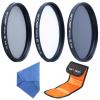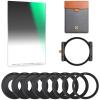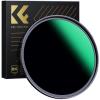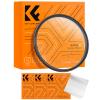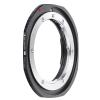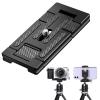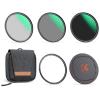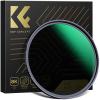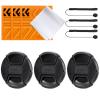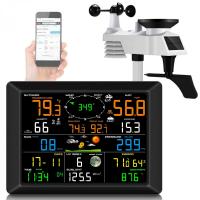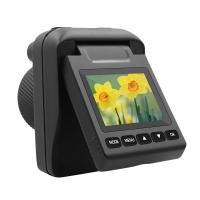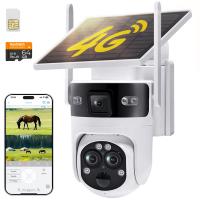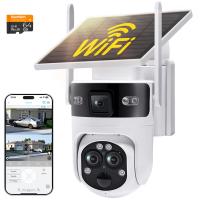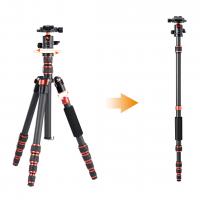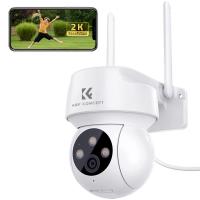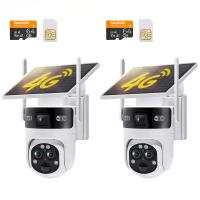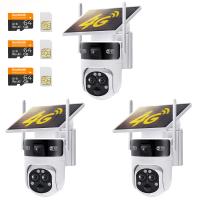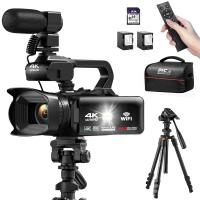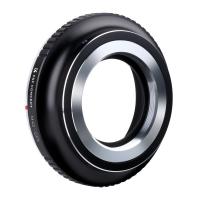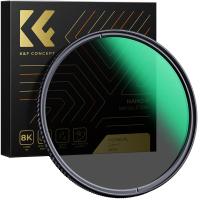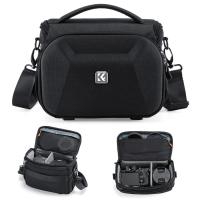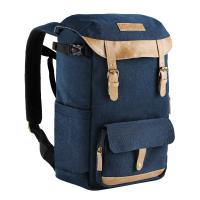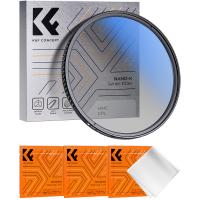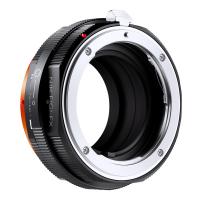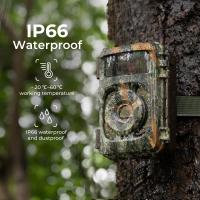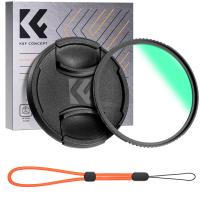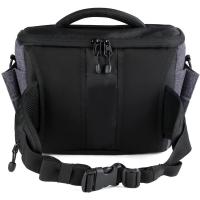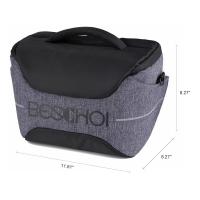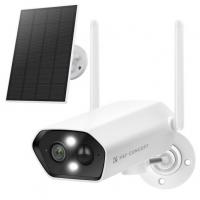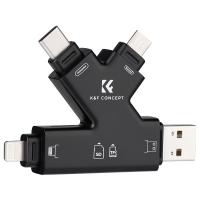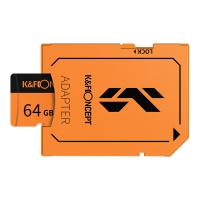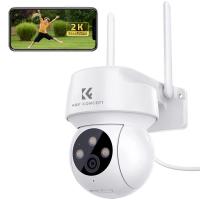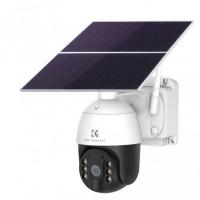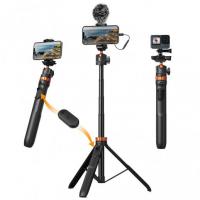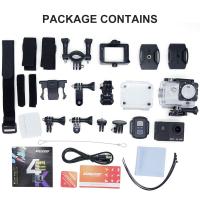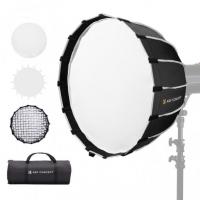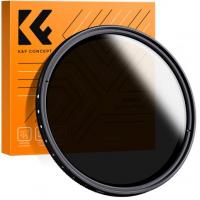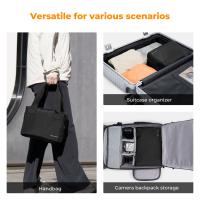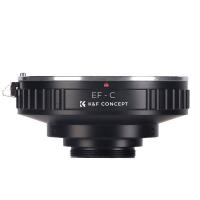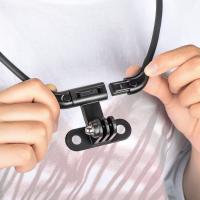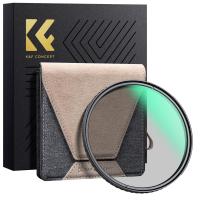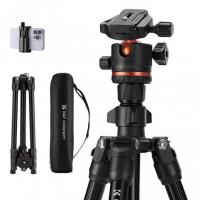How To Protect Outdoor Camera From Weather?
Protecting Outdoor Cameras from Weather: Comprehensive Solutions for Longevity and Reliability

Outdoor cameras play a vital role in home security, providing real-time surveillance and peace of mind. However, exposure to harsh weather conditions can compromise their functionality and shorten their lifespan. Rain, snow, extreme heat, and even dust pose significant challenges to maintaining the performance of these devices. This article provides practical strategies for protecting outdoor cameras from adverse weather conditions, ensuring their durability and effectiveness.
---
Understanding the Challenges
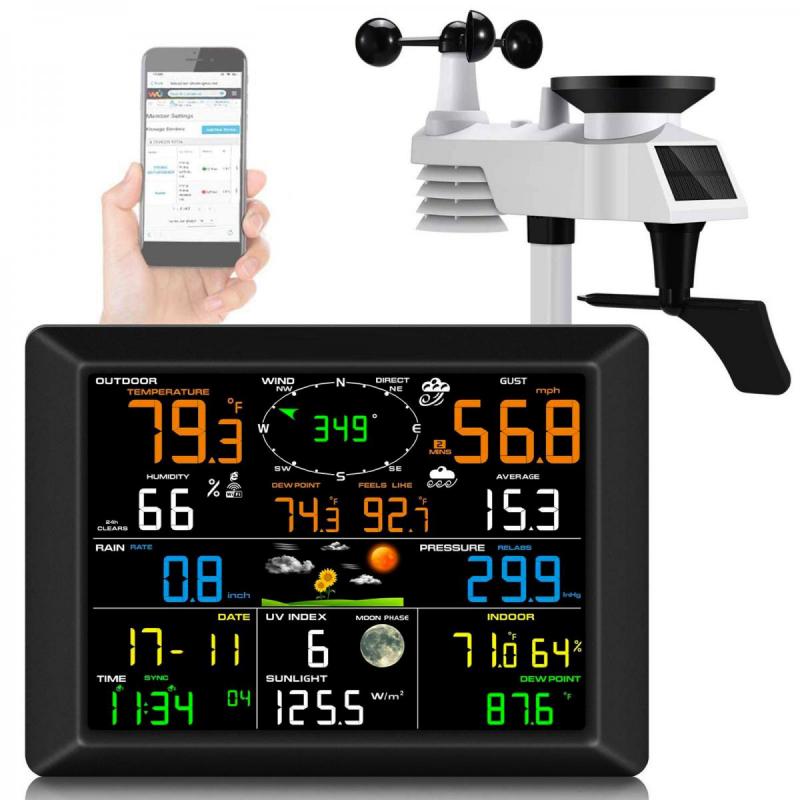
Before diving into solutions, it’s essential to recognize the specific weather-related threats to outdoor cameras:
1. Moisture Intrusion: Rain and snow can seep into the camera’s internal components, causing corrosion or short circuits.
2. Temperature Extremes: Prolonged exposure to high heat can degrade electronic components, while freezing temperatures may cause malfunctions or damage to the casing.
3. Wind and Debris: Strong winds can carry debris that may scratch the lens or disrupt the camera's alignment.
4. UV Radiation: Constant exposure to sunlight can cause discoloration and deterioration of plastic parts.
5. Dust and Dirt: Fine particles can accumulate on the lens or inside the housing, affecting image clarity and mechanical performance.
---
Key Strategies for Weather Protection
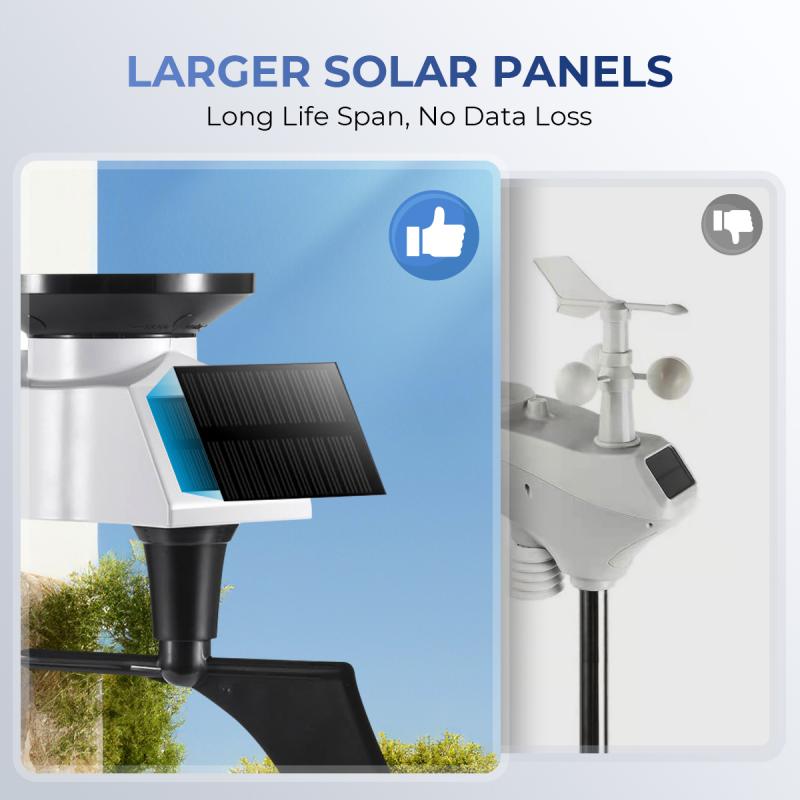
1. Choose Weatherproof Cameras
Investing in weatherproof cameras with high Ingress Protection (IP) ratings is the first step. Look for cameras with at least an IP65 rating, which ensures protection against dust and water jets. Higher ratings, such as IP67 or IP68, provide better resistance to submersion and fine particulates.
2. Install Protective Housings
Protective housings add an extra layer of defense. These are especially useful for cameras not specifically designed for outdoor use. Housings typically include:
- Waterproof Shields: Prevent direct exposure to rain or snow.
- Sun Shields: Minimize overheating from direct sunlight.
- Ventilation Features: Allow airflow to prevent condensation and overheating.
Choose a housing made of durable materials like stainless steel or high-grade plastic for maximum longevity.
3. Optimize Installation Location
The placement of your camera significantly affects its vulnerability to weather conditions. Follow these tips for strategic installation:
- Under Eaves or Overhangs: Provides natural shelter from rain and sun.
- Avoid Direct Sunlight: Install in shaded areas to prevent UV damage.
- Consider Wind Direction: Reduce exposure to wind-driven rain or debris by mounting on leeward sides of structures.
4. Use Weather-Resistant Mounting Hardware
Standard screws and brackets may corrode over time, leading to instability. Opt for stainless steel or powder-coated aluminum hardware to ensure secure, long-lasting installations.
5. Seal All Connections
Even weatherproof cameras can be compromised if the connections are not adequately protected. Use waterproof junction boxes or sealants to shield power and data cables. Ensure all cable entry points are sealed with rubber grommets or silicone sealant to prevent water ingress.
6. Regular Maintenance
Periodic maintenance is essential for keeping outdoor cameras in optimal condition:
- Clean the Lens: Remove dirt, water spots, and debris to maintain image clarity.
- Inspect Seals: Check for wear or cracks in seals and housings.
- Test Functionality: Ensure the camera operates correctly in extreme weather conditions.
7. Temperature Regulation
For areas with extreme temperatures, consider cameras with built-in heaters or cooling fans. These features help regulate internal temperatures and prevent issues like fogging or overheating.
8. Surge Protection
Lightning strikes and power surges during storms can damage cameras. Install surge protectors or lightning arresters to safeguard against electrical overloads.
9. Wireless Camera Considerations
Wireless cameras rely on Wi-Fi, which can be affected by weather conditions. To protect connectivity:
- Use weatherproof antennas.
- Ensure the router is within range and shielded from weather.
- Opt for cameras with dual-band connectivity for stable performance.
10. Seasonal Preparations
Prepare your cameras for seasonal weather changes:
- In winter, use anti-icing sprays to prevent snow and ice buildup on lenses.
- During summer, apply UV-resistant coatings to housings.
---
Practical Considerations and Recommendations
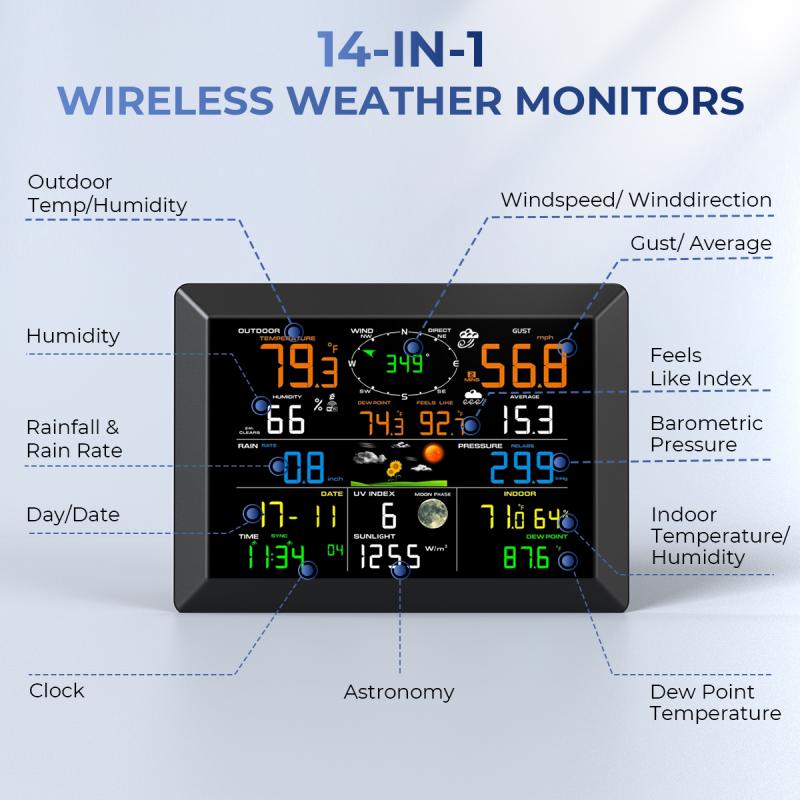
When implementing these solutions, consider the specific needs of your environment:
1. Urban vs. Rural Settings:
- Urban areas may have less exposure to extreme weather but face challenges like pollution and vandalism.
- Rural locations often experience harsher weather conditions, necessitating more robust protection.
2. Budget Constraints:
- High-quality weatherproof cameras and accessories may seem expensive, but they reduce long-term maintenance costs and ensure reliability.
- For tight budgets, prioritize basic protective measures like strategic placement and regular maintenance.
3. DIY vs. Professional Installation:
- DIY installation is feasible for straightforward setups. However, professional installation ensures optimal placement, secure connections, and comprehensive protection.
---
Common Mistakes to Avoid
1. Ignoring Manufacturer Guidelines:
- Always follow the manufacturer's instructions for installation and maintenance. Deviating from these guidelines can void warranties or reduce performance.
2. Overlooking Power Sources:
- Ensure outdoor power sources are weatherproof and compliant with safety standards.
3. Neglecting Firmware Updates:
- Regularly update your camera’s firmware to improve performance and address vulnerabilities, including those caused by extreme weather.
4. Skipping Testing After Installation:
- Test the camera’s functionality under simulated weather conditions to identify and address potential issues.
---
Long-Term Benefits of Weather Protection
Protecting your outdoor cameras from weather-related damage offers numerous advantages:
- Enhanced Longevity: Reduces the need for frequent replacements.
- Consistent Performance: Ensures clear footage in all weather conditions.
- Cost Savings: Minimizes repair and maintenance expenses.
- Reliability in Emergencies: Guarantees operational cameras during critical moments.
---
Securing outdoor cameras against adverse weather conditions is essential for maintaining their functionality and extending their lifespan. By selecting weatherproof models, using protective housings, optimizing installation, and conducting regular maintenance, you can ensure your surveillance system operates reliably in any climate. These practical solutions not only safeguard your investment but also provide uninterrupted security for your home or business. Implement these strategies today to enjoy a robust and weather-resistant camera setup.

